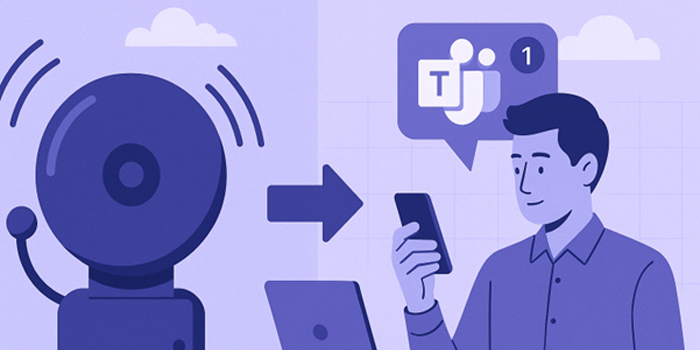The fire alarm blared. Nobody moved.
Phones buzzed. Eyes stayed glued to screens. A Slack message popped up: “Heads up: minor fire near kitchenette. Evacuate if you can.” A few heads lifted. One person grabbed their laptop.
This is what emergency communication looks like in tech-soaked coworking spaces. Not a sprint to the stairs, not a wide-eyed exodus. Instead: curated notifications, real-time chat updates, a pause before panic.
This is a problem.
Tech is fast, but humans are slower
Coworking culture thrives on frictionless tech. Coffee from an app. Desks booked with a tap. Swipe for access, ping for meeting, emoji for feedback. But when things go sideways—smoke, floods, threats—speed can’t depend on aesthetics. UX polish doesn’t put out fires.
The human brain, buried under layers of calm tech and choice fatigue, hesitates. It filters, assesses, shrugs. “Is this real?”
In emergencies, hesitation is danger.
Old signals worked because they were impossible to ignore
Sirens. Bells. Lights flashing like a club at 3am. No one confused a fire alarm with a Slack thread. These signals weren’t polite. They interrupted. They screamed. That was the point.
Modern alerts? They blend in. One more vibration. One more badge on an already-bloated notification tray.
We need to make emergency signals unmistakable again. And no, that doesn’t mean going full analogue. It means designing urgency that overrides digital numbness.
Design emergency alerts like you design viral content
If a meme can hijack attention, so can a fire warning. But only if it’s built for impact.
Think push alerts with bold, chaotic language. Colour codes that don’t just suggest severity but demand reaction. Pings that hijack every open tab. A red screen flash, maybe. A message that refuses to be swiped away.
Hijack their digital habitat. Break their flow. Be louder than the dopamine loop.
Go beyond apps: use multi-channel chaos
The more channels, the better. Don’t rely on a single tool to save lives. Use redundancy as a feature.
Trigger Slack, email, SMS, and physical alarms all at once. Hit the air with sound. Hit screens with motion. Flash emergency lighting synced to notifications.
Introduce physical failsafe’s: LED strips that strobe along exit routes. Emergency buttons at every corner that trigger full-spectrum alerts. Make evacuation as intuitive as scrolling TikTok.
Simulate. Frequently. Without warning.
Fire drills are theatre when they’re predictable. The Tuesday 10am shuffle isn’t a test—it’s a checkbox.
Instead, inject chaos. Trigger drills unannounced. During peak meetings. Right before a product demo. Train people to respond mid-context, mid-coffee, mid-anything.
Muscle memory doesn’t develop in comfort. It needs disruption.
Turn community into a communication network
Coworking spaces aren’t faceless corporations. They’re social microcosms. Tap into that. Assign emergency captains on each floor. Use tenant groups as peer warning systems. Build chat channels for urgent threads only, with strict protocols.
Crowdsource situational awareness. If someone sees smoke, they don’t submit a ticket—they broadcast it like they’d tweet a bug. Visibility equals velocity.
Add a little fear to the onboarding
Don’t bury emergency procedures in a welcome PDF. Make them visceral. Show a 30-second clip of a real coworking evacuation. Make new members hit a “Yes, I understand how to escape” button.
Better yet: make them walk the route on Day One. No coffee access until they do.
Aesthetic doesn’t save lives
That cool, minimalist notification style? Ditch it. That sleek “FYI” tone? Delete it.
You want ugly, fast, and unmistakable. You want words like “IMMEDIATE EVACUATION.” You want tone that grips the spine and doesn’t let go. This isn’t the time for brand voice. It’s the time for primal clarity.
The building is smart. Make it act like it.
Sensors should trigger cascading alerts. Fire near the kitchenette. Nearby desks get evacuation pings, HVAC auto shuts, paths light up. Integrate building systems with communication systems.
Smart buildings shouldn’t just know what’s wrong. They should tell everyone fast and loud.
If it’s not uncomfortable, it probably won’t work
Disruption saves lives. Comfort kills in crisis. Make the alerts jarring. Make the training annoying. Make the system unmissable.
Because when the alarm goes off and people barely look up, you’ve already failed.
Better to be the space with “those intense drills” than the one in the news for silence during smoke.

